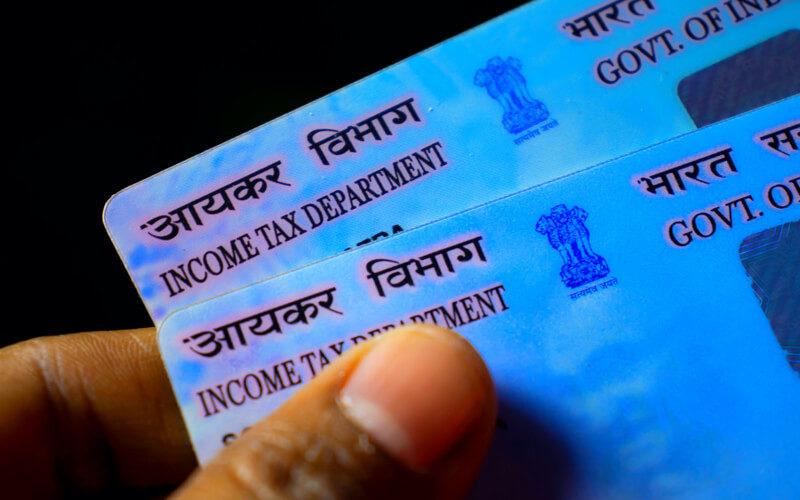

ITR-1 vs ITR-4: Which Tax Form Helps You Save More?
Filing income tax returns can be overwhelming, especially when choosing between ITR-1 (Sahaj) and ITR-4 (Sugam). Selecting the right form not only simplifies the process but can also impact your tax savings. Here’s an easy guide to help you decide.
Who Can File ITR-1 and ITR-4?
Both ITR-1 and ITR-4 cater to individuals with total income up to ₹50 lakh, but they apply to different categories of taxpayers. The table below outlines their key differences:
| Feature | ITR-1 (Sahaj) | ITR-4 (Sugam) |
|---|---|---|
| Who can file? | Salaried individuals, pensioners | Small business owners, freelancers, professionals |
| Income limit | Up to ₹50 lakh | Up to ₹50 lakh |
| Allowed income sources | Salary, one house property, other sources (interest, dividends) | Presumptive income from business or profession, salary, one house property |
| Agricultural income | Up to ₹5,000 | Allowed |
| Who cannot file? | Business owners, non-residents, individuals with capital gains | LLPs, businesses with turnover above ₹2 crore, speculative traders |
ITR-1 vs. ITR-4: Key Differences
- Salaried vs. Self-Employed: If your income is solely from salary or pension, ITR-1 is the right choice. However, if you earn from freelancing or run a small business, ITR-4 is more suitable.
- Presumptive Taxation in ITR-4: This form allows small business owners to declare income as a fixed percentage of turnover without maintaining detailed records, reducing tax-related paperwork.
- Deductions and Exemptions: Salaried individuals filing ITR-1 can claim standard deductions, House Rent Allowance (HRA), and other tax-saving benefits.
- Audit Requirements: ITR-4 filers using the presumptive scheme are exempt from audit, provided they declare income as per the prescribed percentage.
Which Form Should You Choose?
- ITR-1 is ideal for salaried individuals without business income.
- ITR-4 is beneficial for freelancers, small business owners, and professionals who want to minimize their tax liability through presumptive taxation.
Maximizing Tax Savings with ITR-4
Did you know? Under the presumptive taxation scheme, small businesses can declare only 8% of their turnover (or 6% for digital transactions) as taxable income. This significantly reduces their taxable amount and, consequently, their tax burden!
Final Thoughts
Choosing the correct ITR form ensures a hassle-free filing experience while helping you maximize tax benefits. Salaried individuals should opt for ITR-1, whereas freelancers and small business owners can leverage ITR-4 for lower tax liability.
To avoid penalties and last-minute stress, make sure to file your income tax return before the due date.
Disclaimer: The content in this article is intended for informational purposes only and should not be considered professional tax, financial, or legal advice. Tax laws and regulations are subject to change, and individual circumstances may vary. It is advisable to consult a qualified tax expert or refer to official government resources for personalized guidance. The author and publisher are not liable for any decisions made based on the information provided in this article.












